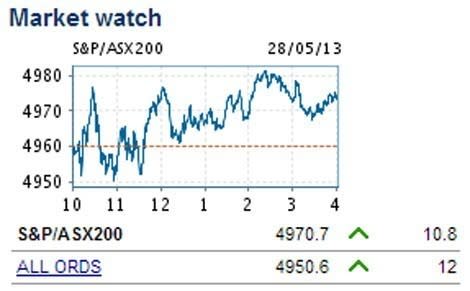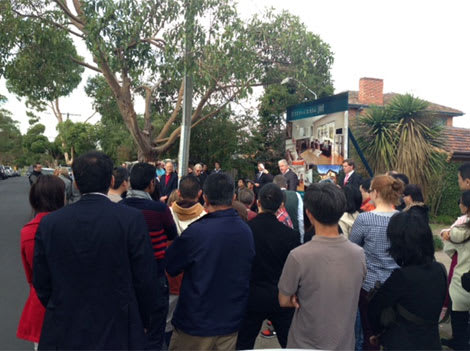Residential property is usually a more stable investment than shares: Mark Armstrong

A key benefit of residential property as an investment asset is its stability relative to other asset classes, such as shares.
Sharemarket values are subject to variations in investor sentiment, fuelled by the actual or predicted performance of companies. When investor sentiment is strong, the sharemarket rises. When it’s shaky, the market falls.
The share market is a daily rollercoaster driven by everyone from mum and dads to professional day traders. I am no share market expert but I know it is no place for the inexperienced or faint hearted. Just look at how volatile one day of trading can be:

Shares only exist on paper, so they can be created and issued quickly when companies need to raise capital. Investors can also sell them quickly when they need cash flow.
By contrast, residential property is a physical asset, so it can’t be bought and sold easily. It can take weeks or months to sell a property, and even longer to build one because of land supply and planning restrictions. As a result, there are fewer residential property transactions and more stability in the overall residential market.
However, the fact that the residential property market is more stable than the sharemarket does not mean you can buy a property in any sector of the market and expect it to show the same level of resilience.
The proportion of debt relative to the number of owners, and the proportion of tenanted property relative to the proportion of owner-occupied homes, can both influence the stability of the market in particular locations. The more stable the market, the better the prospects for property investment.
First, let’s look at the issue of debt levels, as illustrated by two Melbourne suburbs. According to the Bureau of Statistics, 76.8% of all owners in the relatively new outer south-eastern suburb of Lyndhurst are paying off debt on their properties. Only 7.6% own their properties outright (the remainder of residents are tenants.)
There is a stark difference in more established suburbs. In Glen Iris for example only 33% of all owners are paying off a mortgage, whilst 38% of owners have no debt on their properties. The remainder of residents are tenants. With fewer Glen Iris owners paying off a mortgage, they are less vulnerable to interest rate movements than their Lyndhurst counterparts.
Glen Iris and suburbs with similar debt levels represent markets with significant equity. They are a more stable and viable market for property investment even though they represent a much higher price point and they continue to drive property market growth.
As a result we are seeing massive crowds at auctions for houses in Glen Iris as I experienced on the weekend at 14 Madeline Street.

The property was quoted to sell for over $900,000 and was declared on the market at $1 million. Five bidders were still in the hunt above this level and the property sold for $1.71 million.
Off the back of this sale a property around the corner in Pascoe Street, Glen Iris that was due to go to auction in a couple of weeks has been sold prior.
It was expected to sell in excess of $900,000 but with an offer over $1.2 million the owners are taking the money and bolting!
In the middle of last year I wrote that these areas were the first to bounce back from the property market slump. We are now seeing competition intensify a taking this market to new highs.
Mark Armstrong is a director of iProperty Plan, which provides independent analysis and tailored advice to investors and home buyers.